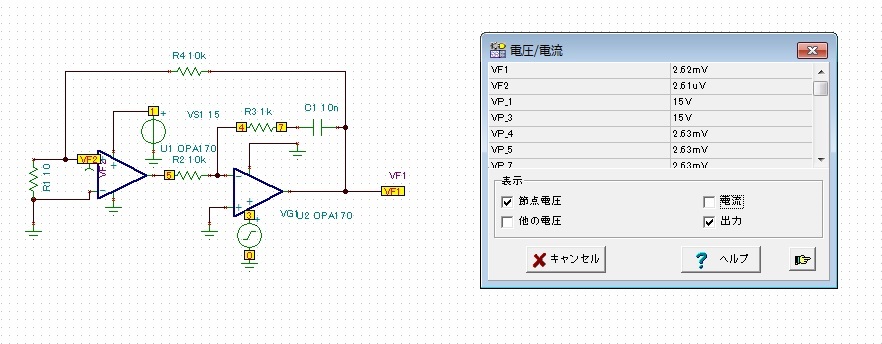Hello, all
Now we are trying to have measurement on input offset voltage on each OpAMPs.
Then would like to know about the method of this measurement.
When referring 11-8 and 11-9 of "Chapter 11 Understanding Op Amp Parameters" (SLOA083), the correct method is to configure servo loop. Also, it mentions that "The action of the loop is to maintain the output of the DUT at zero volts.
However, when simulation this by TINA-TI, there could not be found the output voltage of DUT was zero volts. (We used OPA170 model for this reference.)
Please refer to the test result on this as below;
We would appreciate if you could show some detailed explanation on this measurement method.
We thank you in advance for your information.
Best regards,



